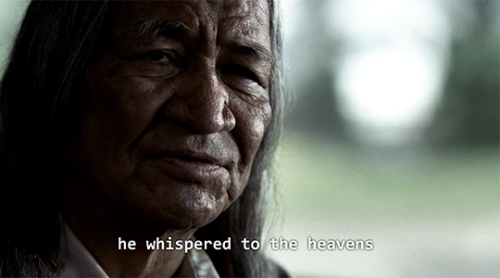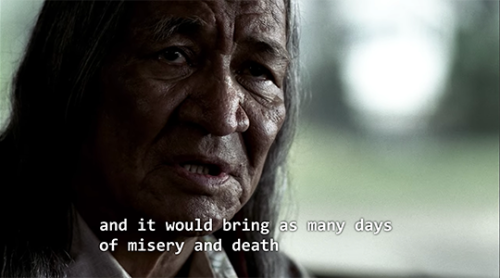archivistsammy:“First and foremost, the ghosting of Indians is a technique of removal. By writing ab
archivistsammy:“First and foremost, the ghosting of Indians is a technique of removal. By writing about Indians as ghosts, white writers effectively remove them from American lands, and place them, instead, within the American imagination … By discursively emptying physical territory of Indians and by removing those Indians into white imaginative spaces, spectralization claims the physical landscape as American territory and simultaneously transforms the interior landscape into American territory. The horrors of this discursive practice are clear: the Indians who are transformed into ghosts cannot be buried or evaded, and the specter of their forced disappearance haunts the American nation and the American imagination. But in spite of the national guilt and horror that Indian ghosts signify and inspire, American writing invokes them obsessively … Although they threaten the American national project, they also nationalize the imagination. Guilt over the dispossession of Indians and fear of their departed spirits sometimes function as perverse sources of pleasure and pride for white Americans because they signify a successful appropriation of the American spirit … The American subject is obsessed with an originary sin against Native people that both engenders that subject and irrevocably stains it. Native American ghosts haunt American literature because the American nation is compelled to return again and again to an encounter that makes it both sorry and happy, a defiled grave upon which it must continually rebuild the American subject.”Renée L. Bergland, The National Uncanny: Indian Ghosts and American Subjects (2000)friendly reminder: “wendigo” and “bugs” are two deeply racist, appropriative episodes, and we really shouldn’t forget it. -- source link







